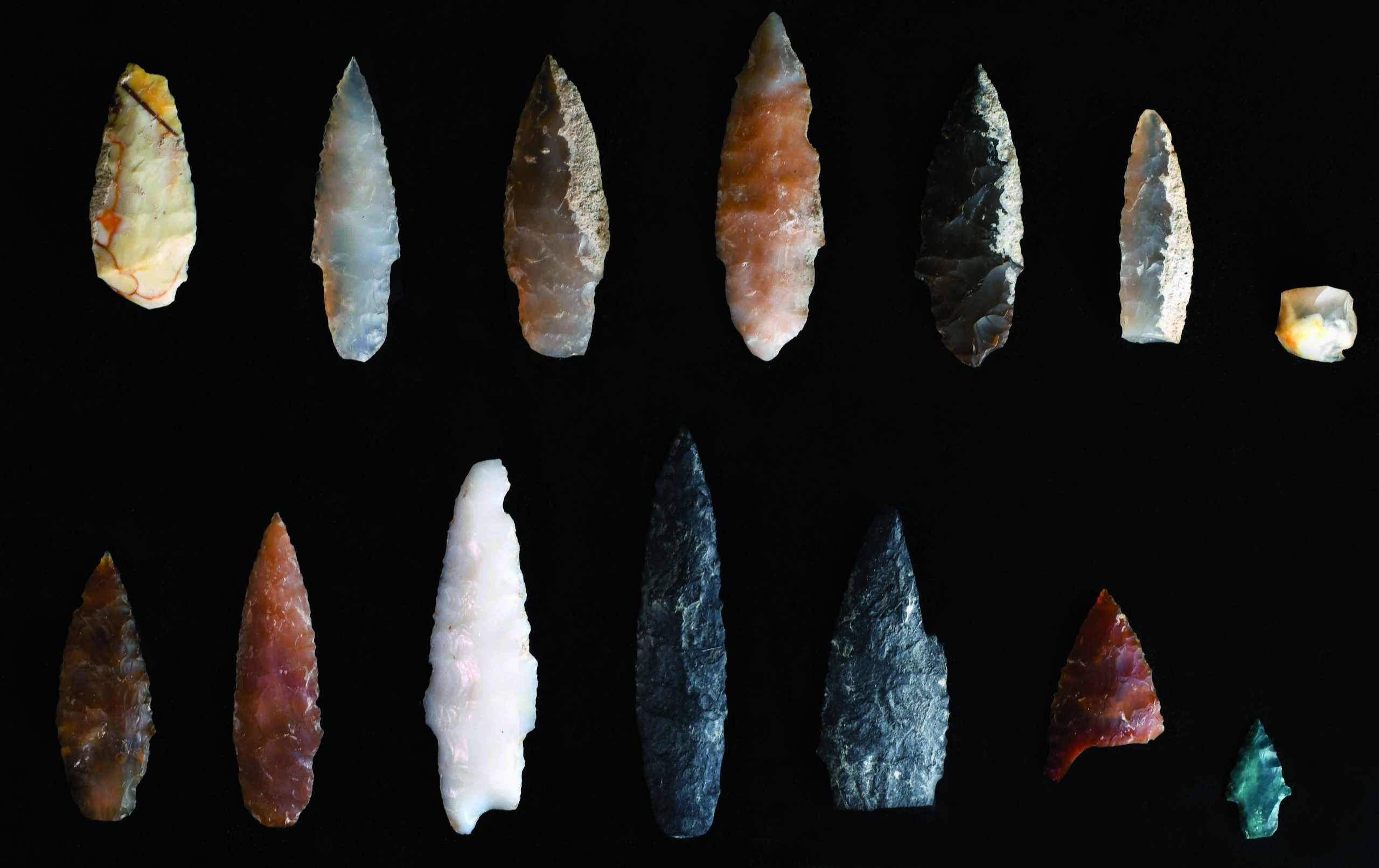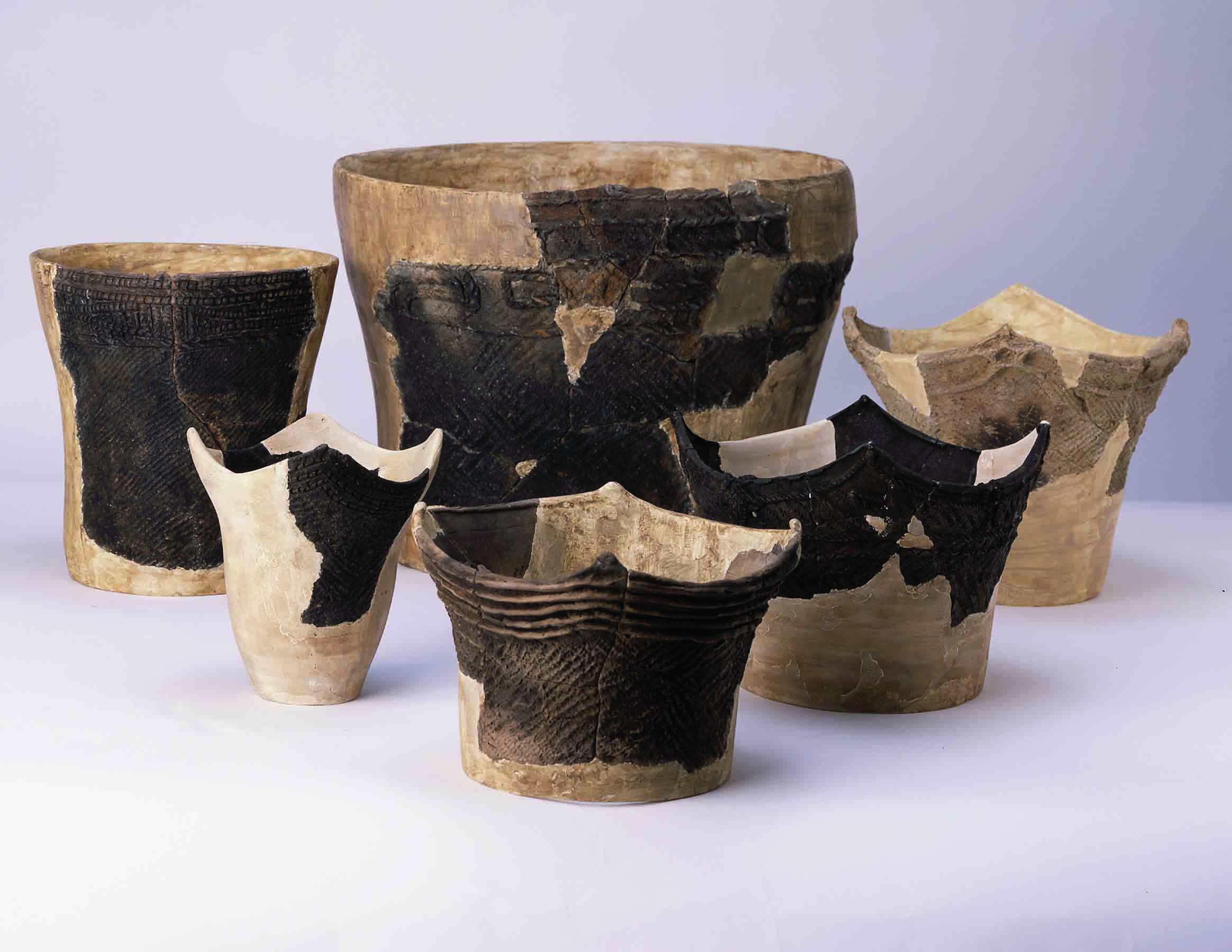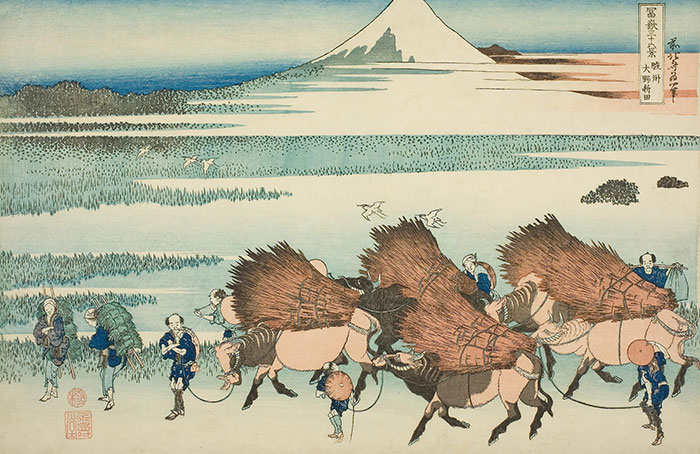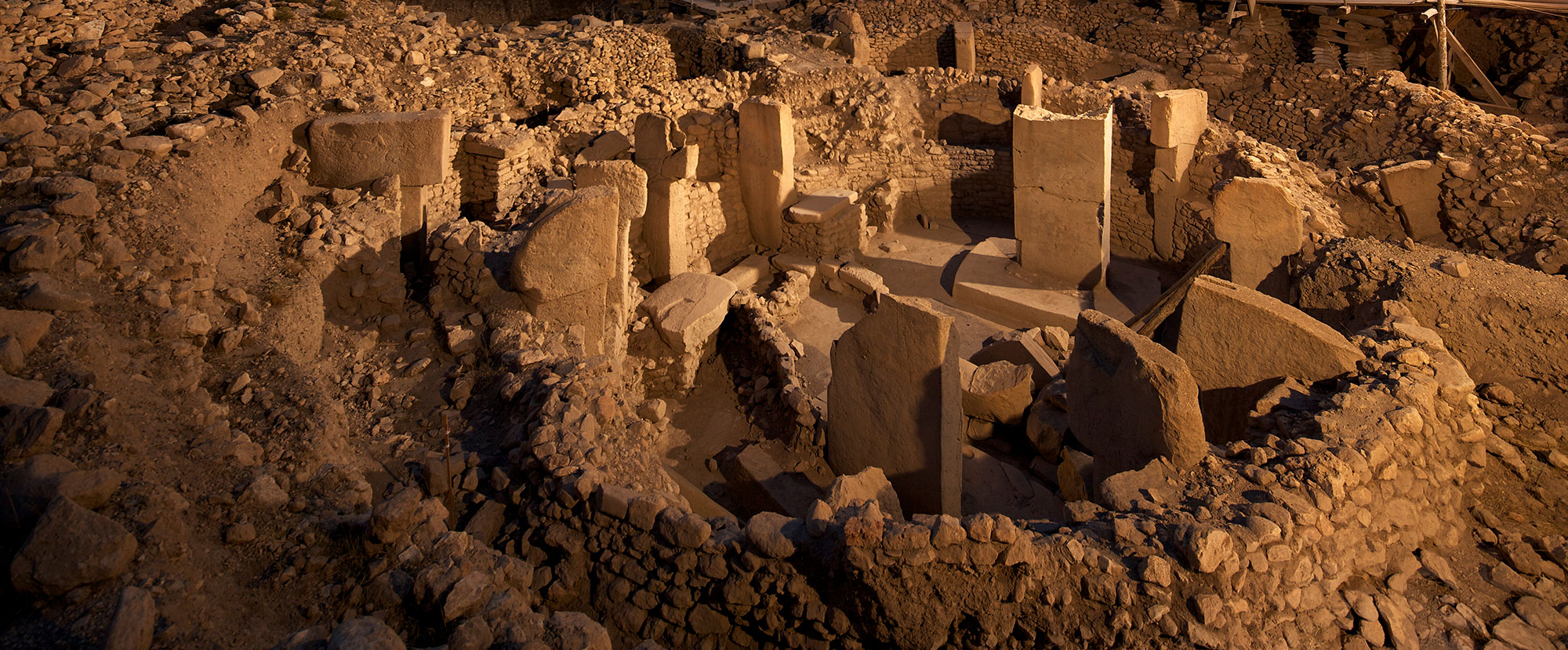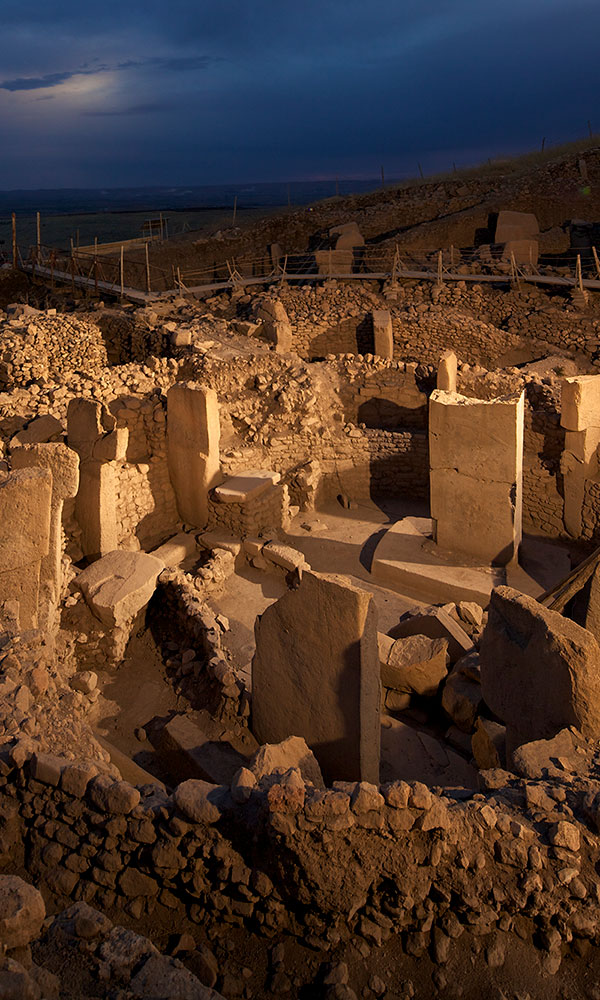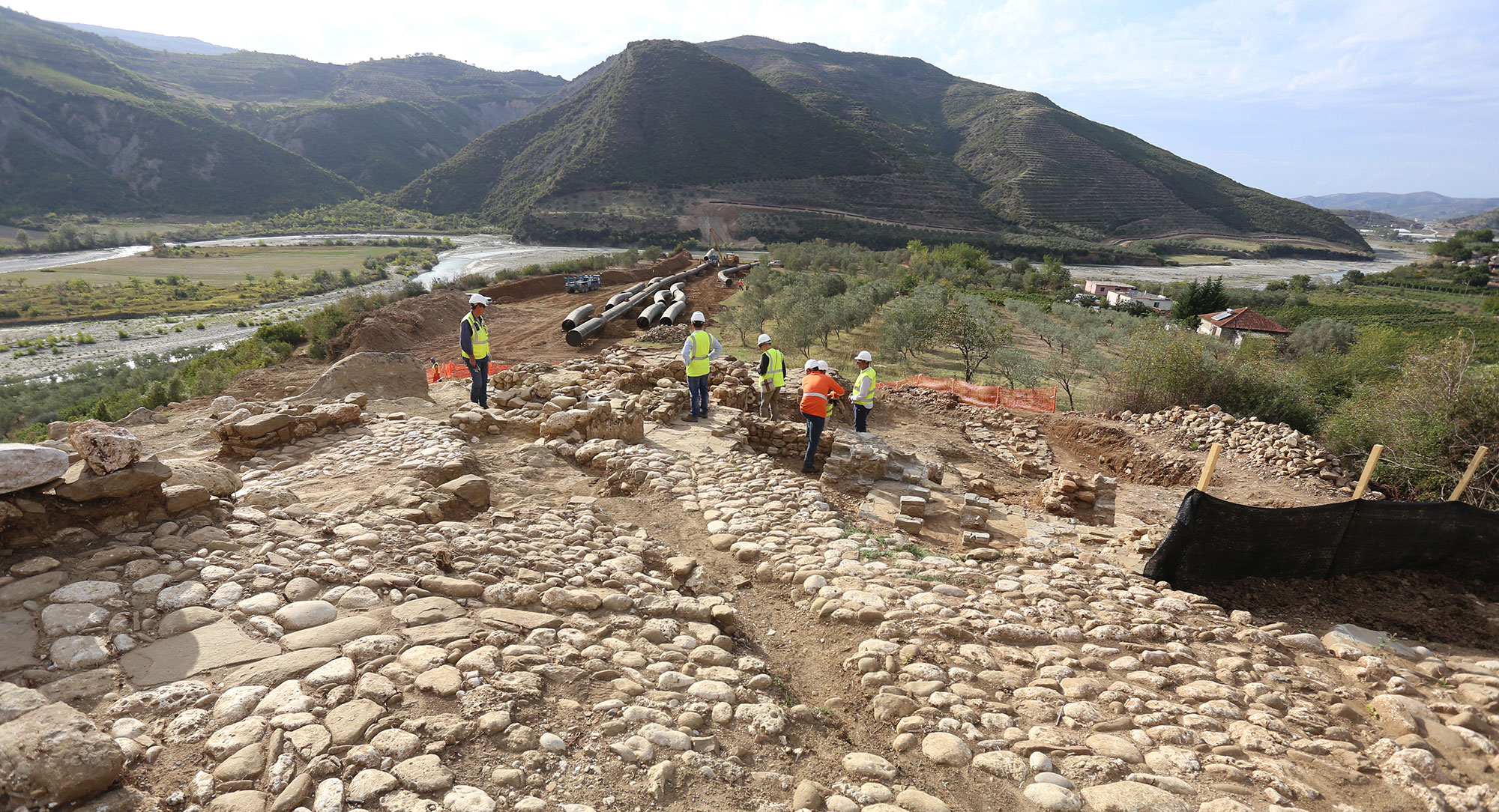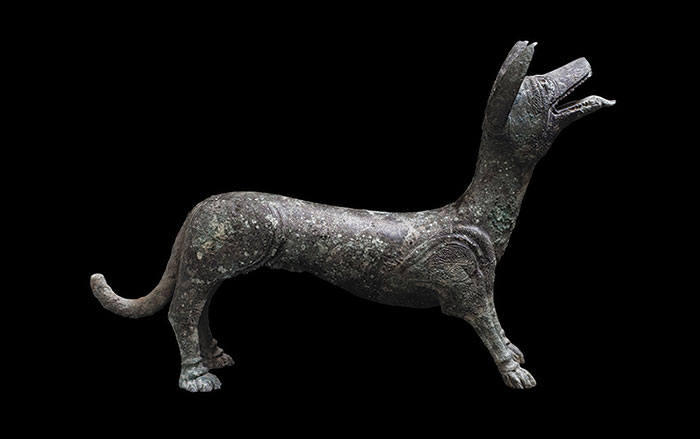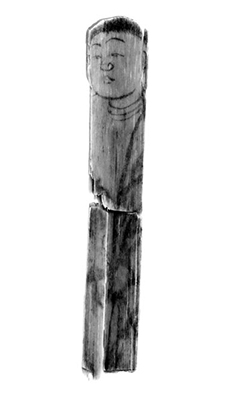
TOTTORI, JAPAN—The Asahi Shimbun reports that a seven-inch strip of wood found at the Aoya-Yokogi archaeological site on the island of Honshu may have been used in rituals that blended elements of Shinto and Buddhism. Infrared photographs revealed a human image on the piece of wood, which dates to sometime between the late seventh and the late tenth centuries. The picture suggests the object was used as a “hitogata,” or scapegoat doll. Such dolls were used in purification ceremonies, known as o-harae, and other Shinto rituals. “It is possible to hypothesize that extraordinary o-harae sessions were held to contain epidemics, such as smallpox, which could have been introduced by foreigners who were visiting Japan in large numbers by way of the Sea of Japan at the time,” said Shigeru Ohira of the Historical Institute of Hyogo Prefecture. Ohira also said that many hitogata dolls have been found along the coast of the Sea of Japan. But this doll’s face has the earlobes and chin wrinkles characteristic of the Buddhist deity Nyorai. Ohira thinks a religious center near the excavation site may have been responsible for the blending of elements of Buddhism and Shinto. For more, go to “Japan’s Early Anglersapan’s Early Anglers.”



